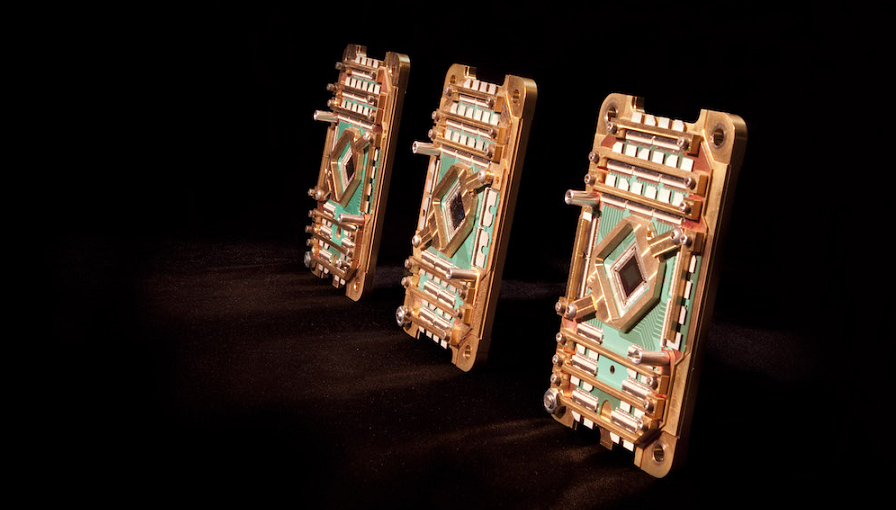Quantum computer maker D-Wave Quantum Inc. today posted first-quarter results that topped the consensus estimate across the board.
The Palo Alto, California-based company generated $15 million in revenue during the first three months of the year. Analysts had expected $2.55 million. D-Wave attributed the revenue jump mainly to the sale of a quantum system to a supercomputing lab in Germany.
The Jülich Supercomputing Centre bought one of the company’s latest Advantage2 quantum processors in February. According to the lab, the system will be connected to an upcoming supercomputer with more than one exaflop of processing capacity. Scientists will use the machines to perform research in fields such as artificial intelligence.
The Advantage2 has gone through several iterations since its initial debut in 2022. The latest version, which D-Wave detailed in November, features more than 4,400 qubits. According to the company, it can perform some calculations that are commonly used in materials science projects 25,000 times faster than the previous iteration of Advantage2.
The chip’s qubits coordinate their work using components called couplers. A coupler can sync two qubits such that the data they contain is either identical or “in opposite states.” Each of Advantage2’s qubits has three sets of couplers that allow it to sync with 20 other qubits.
D-Wave says that the latest iteration of the system has double the qubit coherence time of its predecessor. This is a metric that measures how long a quantum circuit can hold onto a piece of data before errors emerge. Currently, the difficulty of avoiding data errors is one of the main obstacles to large-scale quantum computing.
The company sells its quantum chips alongside software that makes it easier for customers to run calculations using the hardware. In the first quarter, it released a new version of a software tool called the hybrid quantum nonlinear solver. D-Wave says that the application is now more suitable for business tasks such as budget allocation planning.
“We recognized revenue on our first Advantage system sale to a major research institution, moved an additional customer application into commercial production, and became the first to demonstrate quantum supremacy over classical computing on a useful real-world problem,” said D-Wave Chief Executive Officer Alan Baratz.
The company had 133 customers at the end of the first quarter, five more than the same time a year earlier. More than half of those customers are businesses. D-Wave also works with 52 research institutions and 12 government agencies.
The revenue boost from the deal with the Jülich Supercomputing Centre had a positive impact on D-Wave’s bottom line. The company cut its net loss from $11.9 million in the first quarter of 2024, to $5.4 million. On an adjusted basis, D-Wave generated earnings of four cents per share instead of a six-cent loss that analysts had expected.
Image: D-Wave
Your vote of support is important to us and it helps us keep the content FREE.
One click below supports our mission to provide free, deep, and relevant content.
Join our community on YouTube
Join the community that includes more than 15,000 #CubeAlumni experts, including Amazon.com CEO Andy Jassy, Dell Technologies founder and CEO Michael Dell, Intel CEO Pat Gelsinger, and many more luminaries and experts.
THANK YOU










